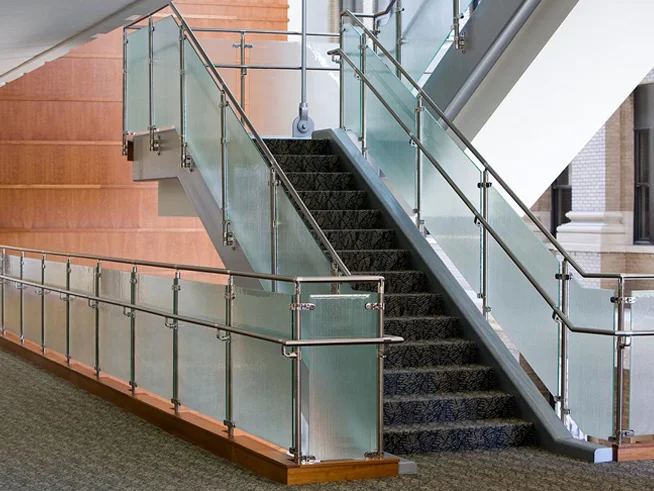Glass, a versatile and transparent material, has been a staple in human craftsmanship for centuries. From functional items to intricate works of art, the possibilities with glass seem endless. The art and science of working with glass, often referred to as “Glass Works,” present a unique set of advantages and challenges that captivate artisans and challenge their skills.
Advantages of Glass Works
- Aesthetic Appeal: Glass possesses a timeless beauty that adds a touch of elegance to any creation. Its transparency allows for the play of light, creating mesmerizing effects that can be harnessed in various artistic forms.
- Versatility in Design: Glass is a remarkably versatile medium. It can be shaped and molded into a myriad of forms, from delicate figurines to bold, functional structures. This adaptability provides artists with endless possibilities to express their creativity.
- Durability and Longevity: Properly crafted glass items are durable and can withstand the test of time. Unlike some materials, glass is resistant to corrosion, providing a lasting beauty that requires minimal maintenance.
- Functional Applications: Glass Works extend beyond the realm of aesthetics, finding practical applications in architecture, interior design, and everyday items. Glass windows, doors, and partitions allow natural light to flood spaces, creating a sense of openness.
- Eco-Friendly Material: Glass is a recyclable material, contributing to sustainability efforts. The ability to melt and reshape glass without compromising its quality makes it an environmentally friendly choice for artists and designers.
Challenges of Glass Works
- Fragility: While glass can be durable, it remains inherently fragile. One wrong move during the crafting process or an accidental drop can result in irreparable damage. This fragility demands precision and skill from artisans.
- High Energy Consumption: The production of glass, especially in large quantities, requires high temperatures and significant energy input. This poses environmental challenges, and efforts are being made within the industry to develop more energy-efficient glass-making processes.
- Technical Expertise: Working with glass demands a high level of technical expertise. From understanding different types of glass to mastering various techniques like blowing, casting, or fusing, artisans need a deep knowledge base to create exceptional pieces.
- Limited Color Options: Compared to other artistic mediums, the color palette for glass is somewhat limited. Achieving specific shades can be challenging, and artists often need to work with the inherent colors of the glass or employ intricate techniques to introduce color.
- Cost of Materials: Quality glass can be expensive, particularly when sourcing specialized types for unique projects. This cost, combined with the time-intensive nature of glass artistry, can make Glass Works a substantial investment.
In conclusion, the world of Glass Works is a captivating realm where artisans balance the advantages of aesthetic appeal, versatility, and durability with the challenges of fragility, technical demands, and material costs. As technology advances and artists continue to push the boundaries of what is possible with glass, the future promises even more innovative and breathtaking creations in this ancient yet ever-evolving art form.

